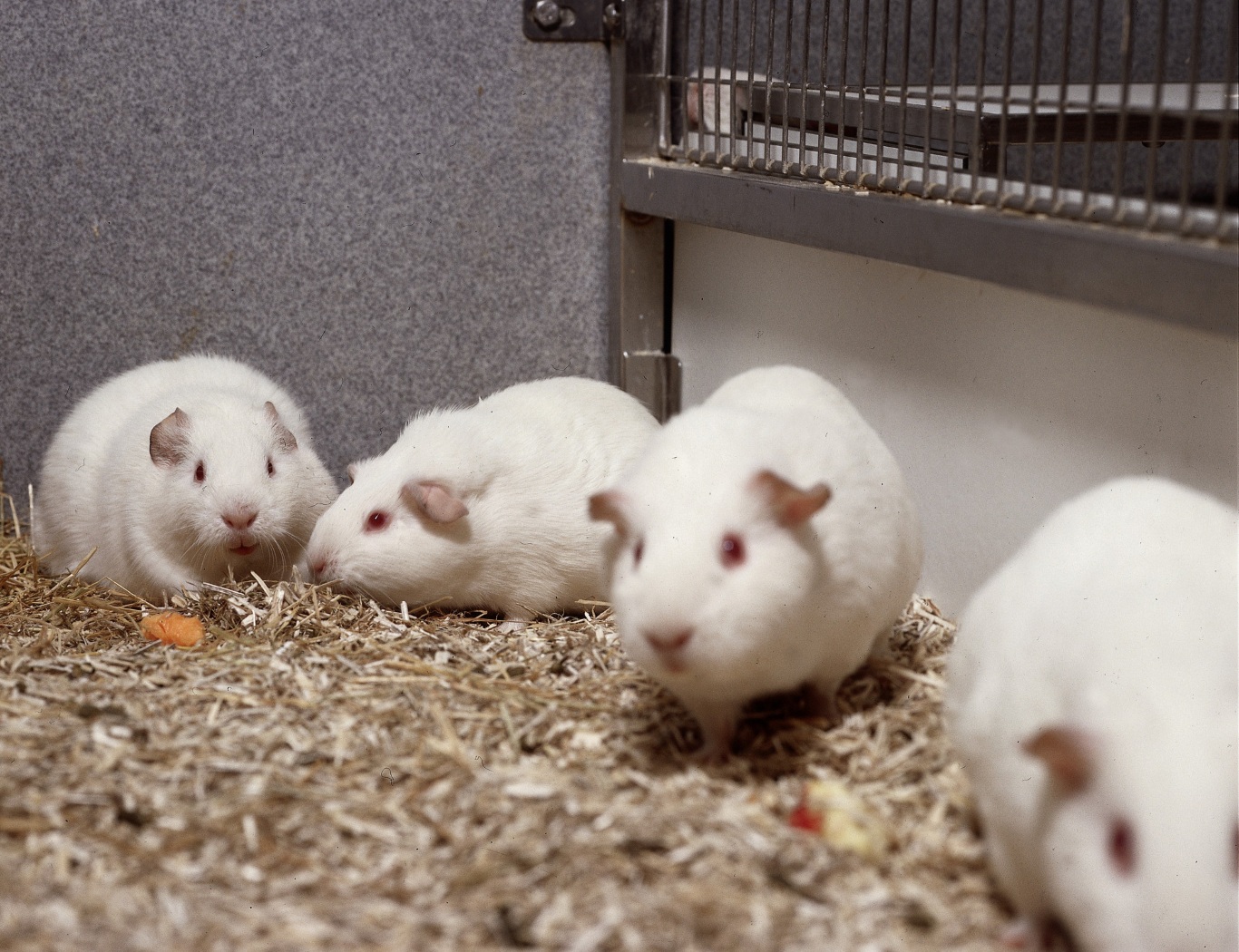To What Extent Is the Use of Animals in Scientific Research Acceptable
According to statistical surveys more than 100 million animals are used annually in various scientific researches all around the world. In United States alone around 26 million animals are part of some type of research or testing. This number is alarming and raises many questions about the significance and necessity of animals in the multibillion research industry. The opponents of these programs highlights on an unsuccessful research that was conducted on Chimpanzees, as they are most closely related to humans, for the testing of AIDS vaccines. They give many such examples where the drugs that showed potential efficacy in animals not only failed to produce any positive results to mitigate the disease but also produced severe to lethal adverse effects. Therefore, the utility of animals in scientific studies is once again under scrutiny.

Inspite of the entire ethical dilemma, around 89% scientists (as per a survey conducted in 2005) uphold the inclusion of animals in research to perform various experiments and investigations in order to make new discoveries and innovations for the benefit of whole society as well as animals. They emphasize as animals have close resemblance to human systems and mimic many of their biological functions, hence are perfect targets for research and produce more authentic results than research conducted on microorganisms or other resources.
However, many alternative methods have been developed to minimize the use of the animals. For example, use of human cell and tissue cultures, computational models and simulation, and microorganisms are increasing nowadays. Recently Harvard’s Wyss Institute has developed “organs-on-chips” that mimics human organs and organ systems. This chip can be used in disease research, drug development and testing and produces more accurate results than animals but many such initiatives are needed to be taken to curtail cruelty against animals.
The UK is the only country to write an ethical framework into law by implementing the Animals Act 1986. The act protects animals from severe harm and evaluates their necessity in research. On the contrary, the United States still needs to make sincere amendments in the Animal Welfare Act that protects only less than 10% animals, around 90-95% animals including amphibians, reptiles, rats, mice, and birds are unprotected and are subjected to constant physical and psychological sufferings.
Although, the complete exclusion of animals from scientific procedures is not possible, however, there is an urgent need for the development of alternative ways to conduct successful and authentic research as well as to make strict laws for the protection of animals being used in research. Research institutes should establish Institutional Animal Care and Use Committee (IACUC) to inspect all aspects of the institution’s animal care and use program. These initiatives will certainly lead the continuous decrease of animals in research and ensure more promising discoveries.